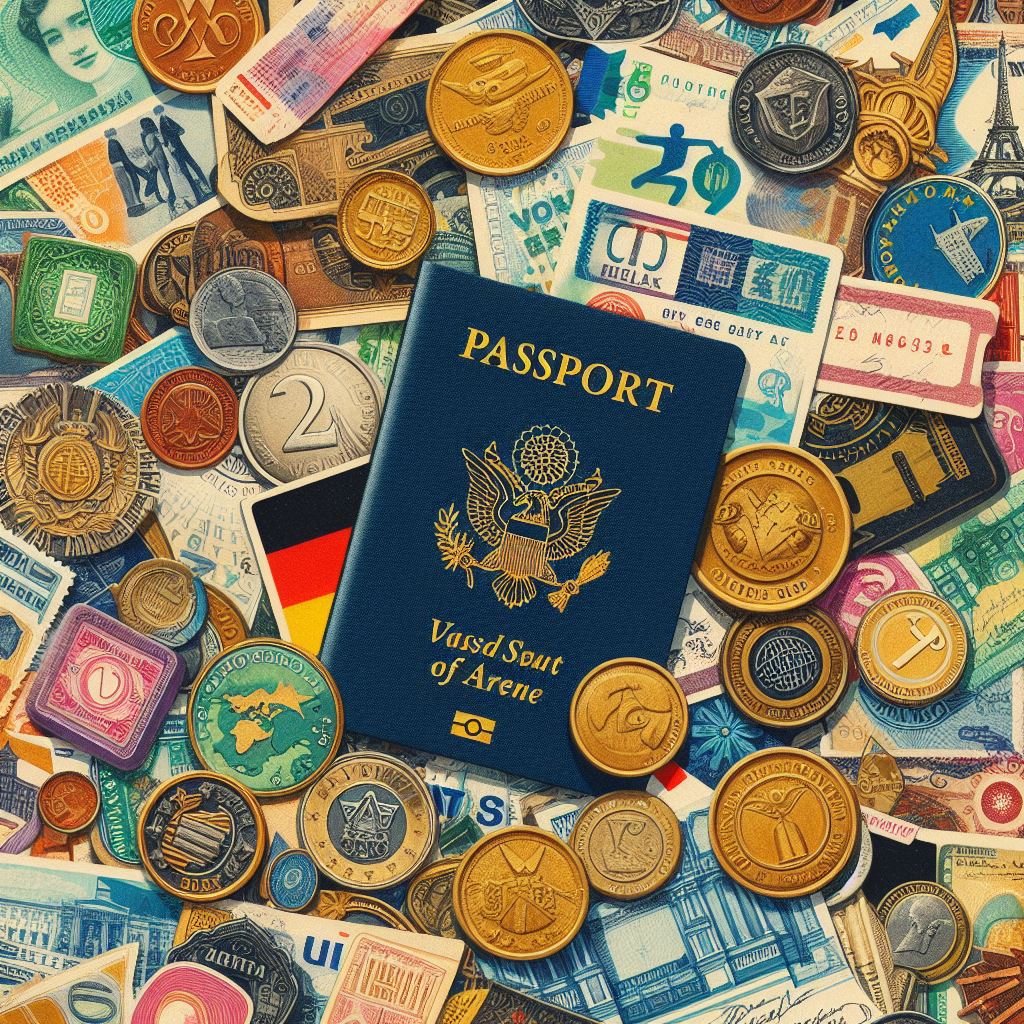Posted At: Th08 07, 2023 - 425 Views

The Schengen Area is a region that comprises 27 European countries that have abolished passport and other border controls at their common borders. This area, which covers most of the European Union (EU) countries, allows individuals to travel freely among them without needing to show a passport or any other form of identification.
The Schengen Area was formed in 1985 by the signing of the Schengen Agreement, which was designed to help strengthen security and economic ties between the participating countries. The agreement was named after the small Luxembourg village of Schengen, where it was signed in 1985.
In 1999, the Schengen Area was officially established when the participating countries implemented the Schengen Acquis, a comprehensive set of laws governing the area. The Schengen Area is now the largest free-travel zone in the world, comprising over 400 million people.
The Schengen Area allows citizens of participating countries to travel freely and without any type of passport or visa control throughout the area. This extends to the ability to work and live in any of the member states, and to travel between them without the need for any additional documentation.
The Schengen Area also has a common visa policy, meaning that a visa issued by one member state is valid for travel throughout the entire area. This allows travelers to enter any of the participating countries with a single visa, and it also allows citizens to move freely between the countries as well.
The Schengen Area also allows for the free movement of goods and services between the member countries. This helps to promote economic cooperation between the countries and also helps to foster healthier competition in the European market.
The Schengen Area has been an important step in the development of the European Union, and it is a major success story of European integration. It has made travel within Europe easier and more efficient, and it has helped to create a truly borderless Europe.




